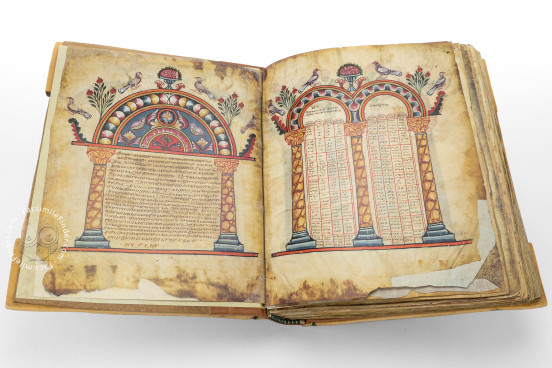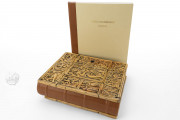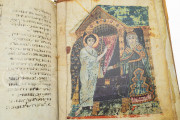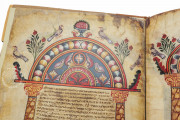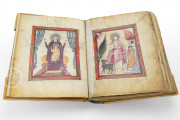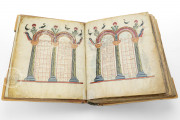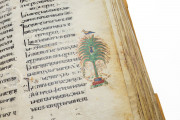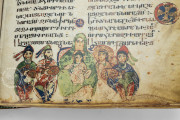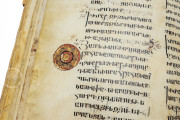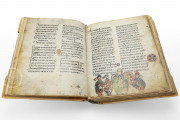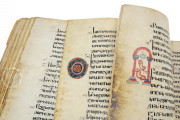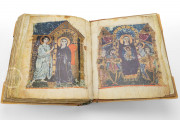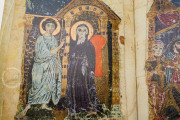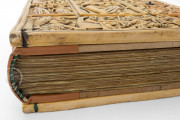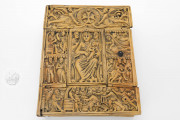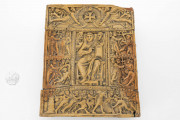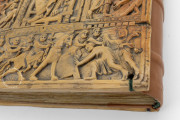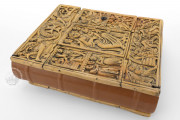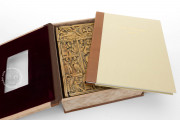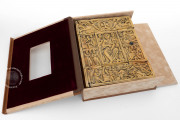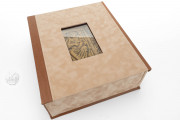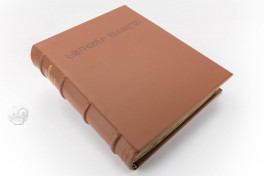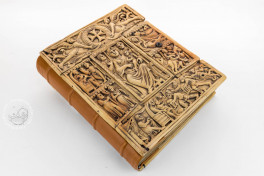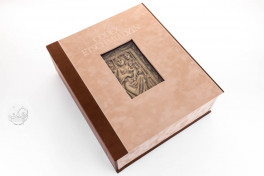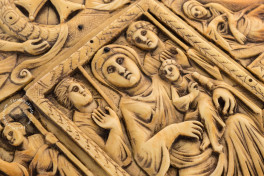The Matenadaran Archives in Yerevan preserve on permanent loan by the Catholicos of All Armenians one of the world's most priceless codices – the Codex Etchmiadzin. Named after the site where it was once stored, its incredible importance in religious life, art, and science is due to its unparalleled written and illustrative contents, that really take us back to the beginnings of Christian literature.
The Codex Etschmiadzin: the 'Queen of Versions'
The text of this tetra-evangelary, penned in 989 AD in the monastery of Noravank in the Blen province (south east of Yerevan), is deemed by scholars to be the best preserved copy of the Old Armenian bible translation, which was first composed during the early fifth century. This translation is also known as the 'Queen of Versions' thanks to its greatly correct and beautiful language, but also due to its beauty of language and uncontaminated style.
The Ancient Decorative Standard of Eusebius
The Codex Etchmiadzin's fifteen full-page illuminations before the Biblical text are even more ancient. As a matter of fact, they faithfully reflect the decorative 'system' devised by Eusebius of Caesarea at the beginning of the fourth century, in which the great Christian scholar set the norm for decorating evangelaries, which was to remain the binding form for all codices of this type.
Created by Humans and God Alike
However, two folios bound into the latter part of the manuscript are the artistic and spiritual apex of the Codex Etchmiadzin. The two leaves were taken from a seventh-century evangeliary and contain four full-page illuminations for feast days such as the Annunciation, the Adoration of the Magi, and the Baptism of Christ. These grand and awe-inspiring depictions are possibly the most ancient examples of Armenian book illumination. Just as many other Armenian manuscripts, the Codex Etchmiadzin is deemed to have been produced by humans aided by divine intervention. Even nowadays, it is revered as a holy relic and kept hidden away from prying eyes.
The codex features an ivory cover dating from the sixth or seventh century, which has protected it since its restoration in the twelfth century.
We have 2 facsimiles of the manuscript "Codex Etschmiadzin":
- Codex Etschmiadzin (Standard Edition) facsimile edition published by Akademische Druck- u. Verlagsanstalt (ADEVA), 1999
- Codex Etschmiadzin (Deluxe Edition) facsimile edition published by Akademische Druck- u. Verlagsanstalt (ADEVA), 1999

